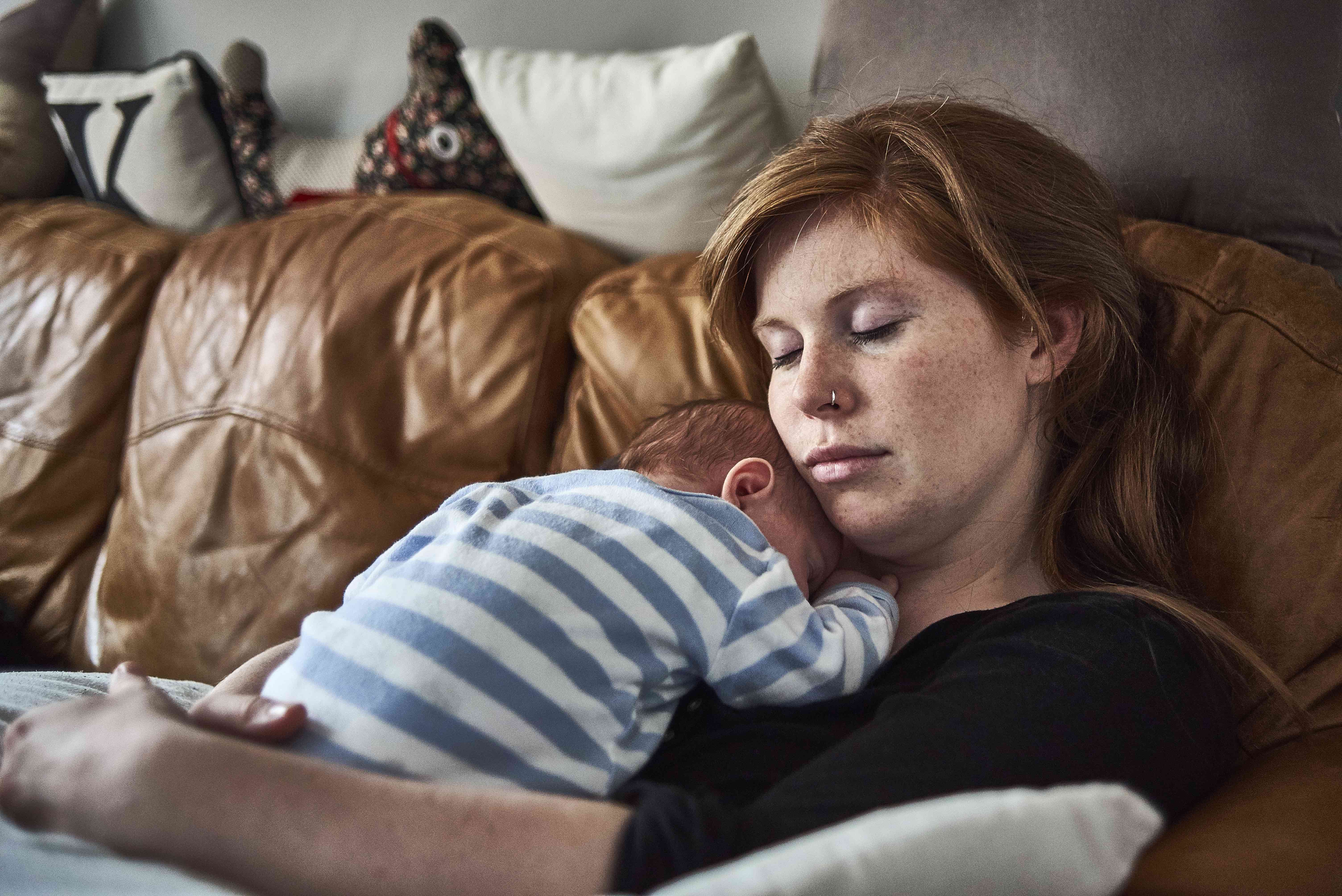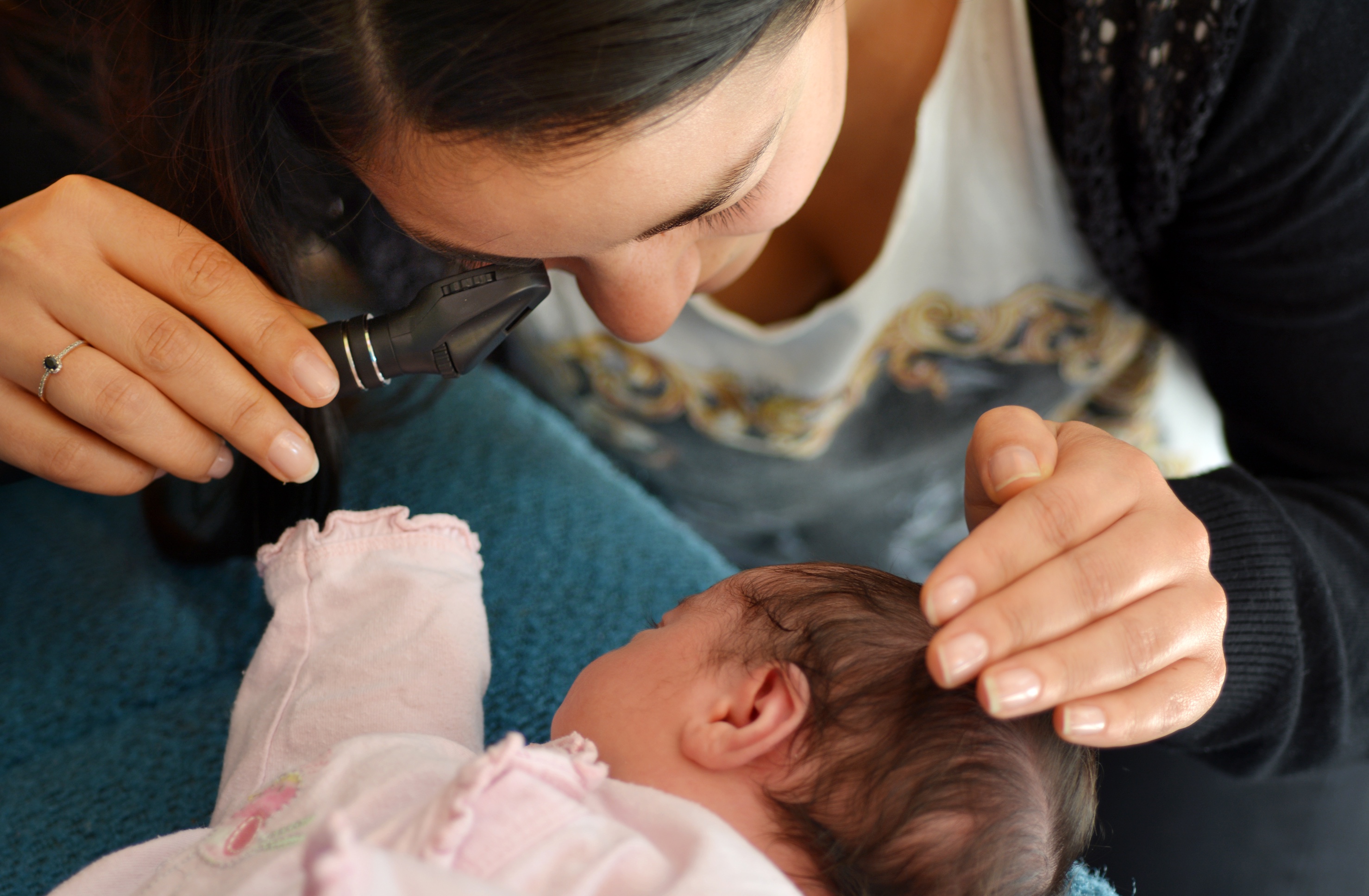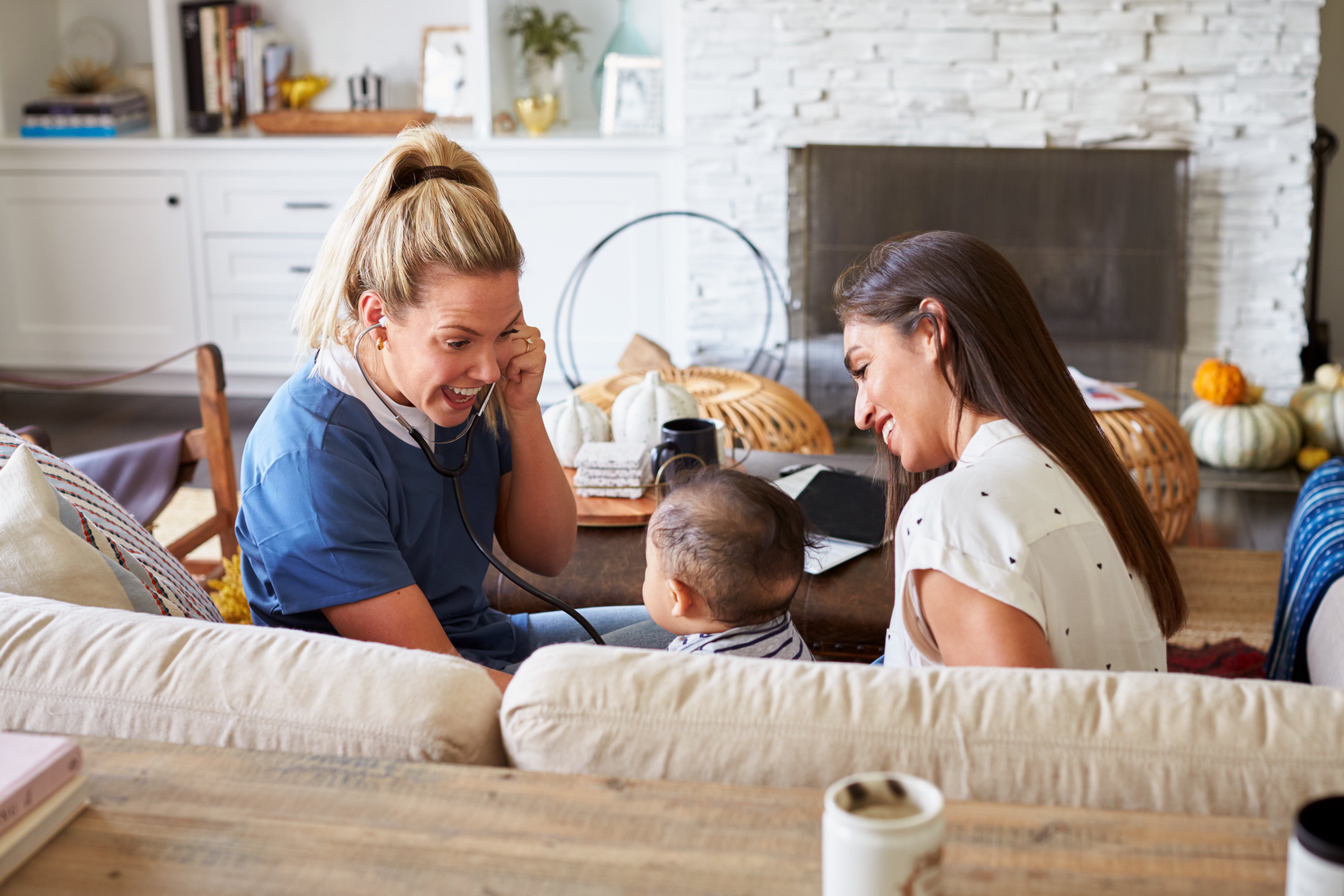
Health & Medicine
Breastfeeding: The heart of the matter

Increasing the number of maternal and child health nurse visits to new mothers facing adversity can significantly improve parenting and maternal wellbeing
Published 15 February 2019
Like most mums, my memories of the first few days of parenthood are foggy.
But one moment that stands out, is sitting on my couch at home with Sue. She was the maternal and child health nurse to whom I will be forever grateful who was assigned to our home when she visited that day.

She stayed for a long time, helping me figure out the seemingly impossible task of getting my son to breastfeed. She also showed my husband how he could help. And her patience and humour quieted many of our anxieties, building our barely-there confidence as new parents.
In Victoria, maternal and child health nurses see families at home soon after the birth of their baby, and then for nine clinic visits between the ages of two weeks and three-and-a-half years.
They conduct a range of important physical health checks, but they also offer invaluable help with everything from sleeping to behaviour. And, of course, feeding.

Health & Medicine
Breastfeeding: The heart of the matter
For parents, particularly mothers facing difficult circumstances, their support can be especially valuable.
A recent trial found that increasing the number of visits for women facing adversity (in all its forms) receive from maternal and child health nurses up to 25 (between 20 weeks gestation and two years), and focusing on important areas of child development as well as the parent taking care of themselves, significantly improves parenting and maternal mental health.
“We have a moral imperative to make a difference to inequity,” says Professor Sharon Goldfeld, a paediatrician and public health physician who led the trial.
“And we should do it through existing services that are already part of government spend. Creating more equitable universal services – the services that reach every family - is really important. We need to do better with what is already funded.”

The trial, right@home, is based on the Maternal Early Childhood Sustained Home visiting Program (MECSH) and ran at four locations in Victoria - Ballarat, Dandenong, Frankston and Whittlesea, as well as in Tasmania, recruiting 722 pregnant women between April 2013 and August 2014. This number included a control group of around 359 mums who participated in the regular maternal and child health program.
The program is currently running at eight sites in Victoria and the team is working with state governments to implement the scheme more widely.
Researchers found that, by the time participating children were two, they had more regular bed times, safer home environments and experienced warmer and less hostile parenting than the control group.

Health & Medicine
How death by numbers promotes global health
The children also had more opportunities to learn, with their parents actively involved in teaching them. And they received more daily stimulation and increased opportunities for social interactions with other adults.
Moreover, although researchers are yet to publish their research on how the children (who are now aged four and five) were faring at three, it seems the program’s benefits multiply with time.
“We’ve only presented these results at conferences so far, but at the age of three we see significant improvements in maternal mental health, and child wellbeing,” says Professor Goldfeld, who is Deputy Director of the Centre for Community Child Health and is based at the Murdoch Children’s Research Institute and the University of Melbourne.
“By four, I’m hoping we’ll see improvements in the children’s executive functioning; that is their ability to self-regulate, supporting the development of important skills like reading and paying attention in a classroom.”

In Australia, one in five children are born into disadvantage, and by the time they reach school-age, it’s often too late to bridge the gaps that have emerged between them and their peers.
Right@Home draws on existing evidence about early childhood development, in particular brain development, in order to help prevent these gaps emerging in the first place.
“We looked at what kids need to do well at school and, in particular, the two areas of the brain we know are susceptible to disadvantage. One is responsible for language and the other for executive functioning,” says Professor Goldfeld.

Health & Medicine
Busting five myths about pregnancy
The team designed three modules targeting these areas.
Parent care: focused on creating less chaos in the home by helping parents with their children’s sleeping and eating, and keeping the house safe
Parent responsivity: supporting parents’ emotional interaction with their child and language development (for example, supporting the to-ing and fro-ing of conversation that is particularly important for brain development)
Home learning environment: supporting parents to introduce regular reading, educational play and other learning activities in the home
The nurses and the families work together on these areas.
“This program is hard work,” says Professor Goldfeld. “It’s about recognising everyone’s expertise; it’s certainly not about riding in on a white horse to ‘save’ these families.”

For example, to support language development, a mum might watch a video of herself interacting with her child, and reflect with the nurse on what is working well, and what she might like to work on.
Expecting mums are screened for the program during routine health checks in hospital. To avoid asking overly personal questions in public waiting areas about, for example, substance use or domestic violence, the team came up with a relatively simple list of ten questions.
“We ask things like their age, whether or not they live alone, whether they finished high school, and very simple questions about mental health and overall health. In particular, we’ve found that smoking in pregnancy is a strong risk factor,” says Professor Goldfeld.

Health & Medicine
The probiotic hope for colic
To be eligible for the study, women had to have two or more risk factors.
Professor Goldfeld and her team plan to keep following up with the trial families, hopefully (funding pending) until the children are eight, to build up further evidence of its impact. But she is cautious about over-promising what the program can deliver in isolation.
“It’s important to recognise that, for families living with complex adversity, there is no silver bullet. This program works, but it needs to sit alongside other services that are also working to tackle disadvantage, particularly for children aged zero to eight.
“That needs to include great ante-natal care, high-quality early childhood education for all children, excellent schools and sustained nurse home visiting and parenting programs
“We need to drive system change if we’re going to really improve children’s lives.”
Right@home is a research collaboration between the Australian Research Alliance for Children and Youth (ARACY); the Translational Research and Social Innovation (TReSI) Group at Western Sydney University; and the Centre for Community Child Health (CCCH), which is a department of the Royal Children’s Hospital and a research group of Murdoch Children’s Research Institute (MCRI). It is supported by: Victorian Department of Education and Training, Tasmanian Department of Health and Human Services, The Ian Potter Foundation, Sabemo Trust, Sidney Myer Fund, Vincent Fairfax Family Foundation, and the National Health and Medical Research Council.
Banner: Getty Images